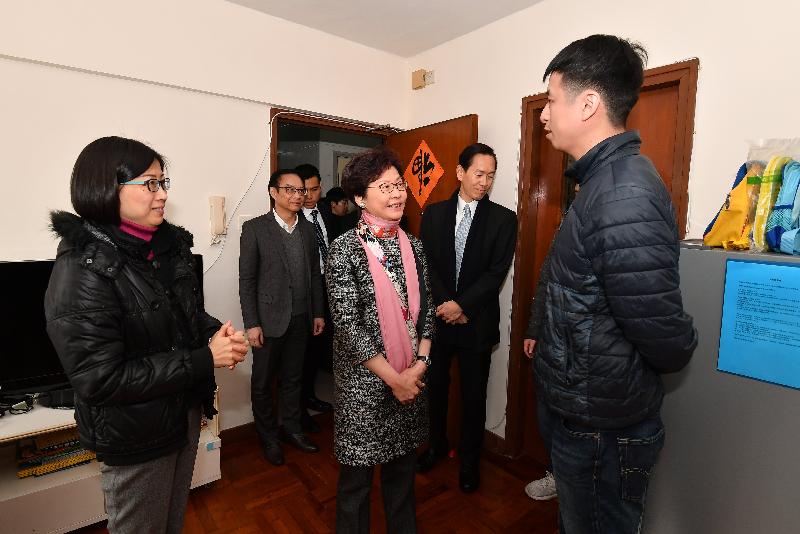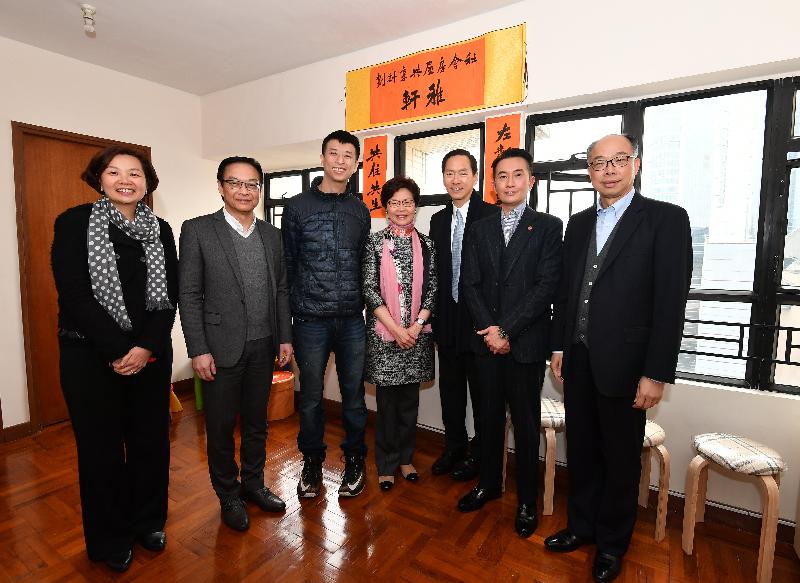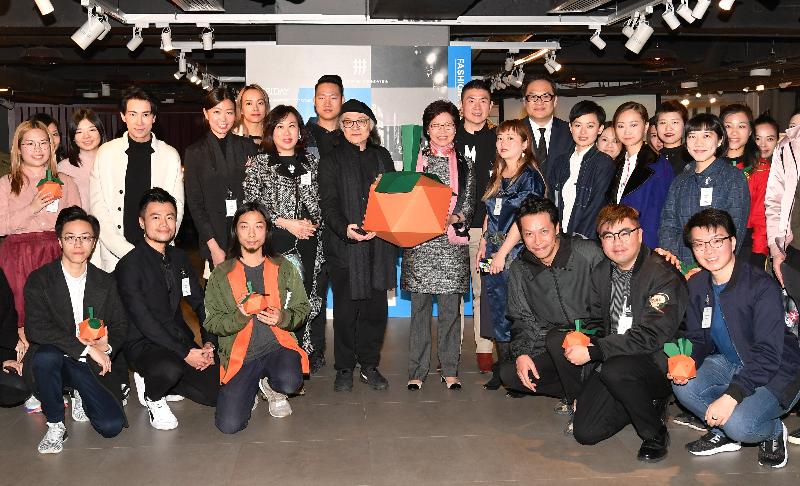Significant progress has been achieved under the three commitments since they were presented at the UN Habitat III conference in October 2016, in order to harness the power of rapid urbanisation. City-to-city cooperation is now flourishing across continents, important steps have been taken towards a single definition of cities at global level and the EU is showing the world the way to sustainable urban development with the ongoing implementation of its Urban Agenda for the EU.
Speaking from the World Urban Forum in Malaysia, Commissioner for Regional Policy Corina Creţu said: “Much like the fight against climate change, the EU is ready to lead the way for clean, safe and prosperous cities around the globe. Europe and its partners are delivering fast on these three concrete commitments, which contribute to shaping the cities of tomorrow.”
The three commitmentscontribute to the implementation of the 2030 Agenda for Sustainable Development and the Paris Agreement. They are part of the New Urban Agenda, also presented 15 months ago. Each of these commitments has a specific scope, expected achievements and deliverables. This is what has been achieved since end 2016:
Commitment to deliver the New Urban Agenda through the Urban Agenda for the EU
3 action plans out of 12 have already been drawn up under the Urban Agenda for the EU, on urban poverty, the integration of migrants and air quality. They include policy recommendations, good practices and projects to be replicated across the EU and in the world. All the action plans are expected to be completed by end 2018.
Beyond the thematic action plans, the very methodology of the Urban Agenda for the EU can inspire reforms in the way cities are governed across the globe; it puts an on an equal footing cities, businesses, NGOs and representatives from Member States and EU Institutions, for an integrated and balanced approach to sustainable urban development.
Commitment to develop a global, harmonised definition of cities
To facilitate monitoring, benchmarking and eventually policy-making, it is important that the same definition of cities is used globally. The EU has been working on such a definition, which will be presented to the UN in March 2019, in partnership with the UN Food and Agriculture Organisation (FAO), the Organisation for Economic Co-operation and Development (OECD) and the World Bank.
So far, the Commission has gathered estimates of the level of urbanisation of each country in the world and provided free access to this data to facilitate the comparison with national definitions. At the occasion of the World Urban Forum, the Commission, via its Joint Research Centre, is publishing the global city centres database; it contains data for all 10,000 urban centres scattered across the globe. It is the largest and most comprehensive data on cities ever published.
A survey is currently being carried out in 20 countries to gather feedback on the global definition. Pilot projects are ongoing in 12 countries to compare the global definition with the national ones and assess the differences. In the course of 2018, the Commission and its partners will work on a free online tool to help countries test this definition on their territories.
Commitment to enhance cooperation between cities in the field of sustainable urban development[1]
The EU’s International Urban Cooperation (IUC) was launched in 2016 to support this commitment and develop city-to-city cooperation around the globe.
There are currently 35 pairings under the programme, involving 70 cities (35 EU and 35 non-EU). They include Frankfurt (Germany) and Yokahama (Japan); Bologna (Italy) and Austin (USA) and Almada (Portugal) and Belo Horizonte (Brazil). All partnerships are working on local action plans on joint urban priorities, such as access to water, transport or health, sharing knowledge and best practices to reach their common goals.
A new call was launched at the World Urban Forum to create at least 25 new pairings; cities can apply online until 9 March.
More information:
World Urban Forum
Habitat III Conference
EU Urban Policy
The Joint Research Centre’s Urban Data Platform
The Joint Research Centre’s Territorial Dashboard
[1] The scope of the commitment covers cities in Argentina, Brazil, Chile, Colombia, Mexico, Peru, Canada, China, India, Japan, the United States and the European Union.







